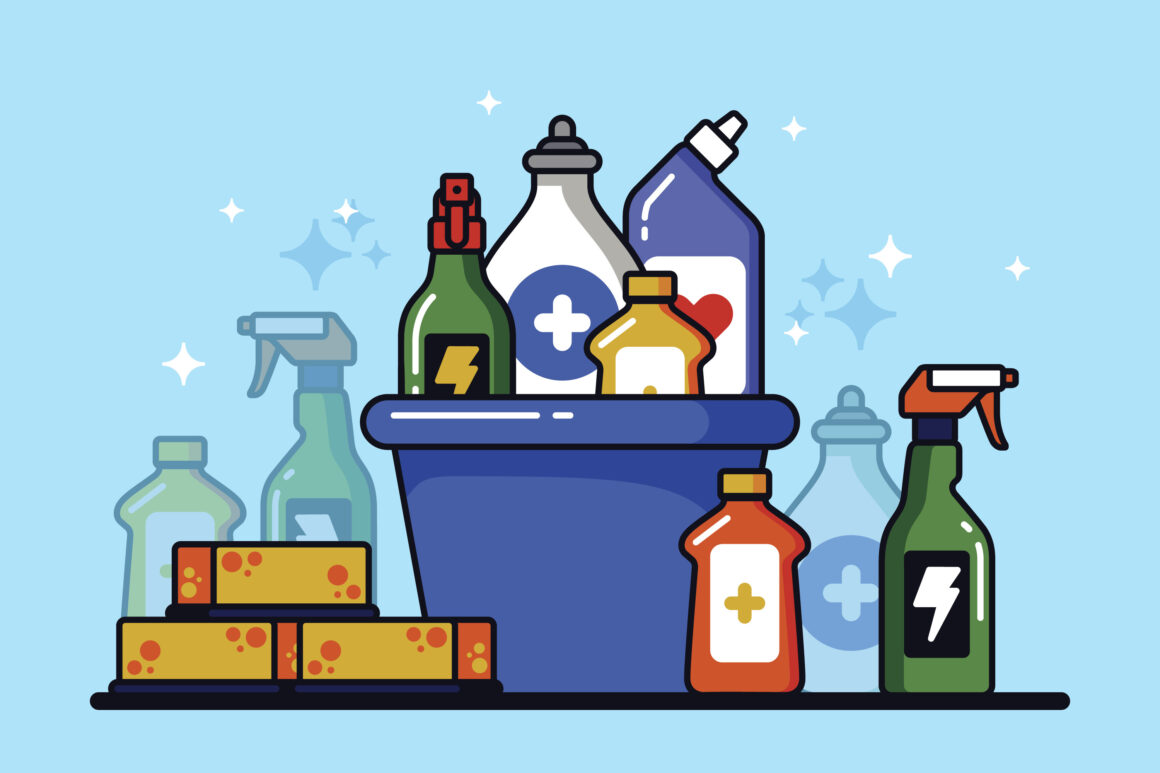What comes to your mind when you hear the word dangerous?
Something that has the potential to cause harm or pose a significant risk to one’s safety or well-being, correct?
Dangerous Items Vs Dangerous Goods
“Dangerous items” generally refer to objects that can pose a risk to people’s safety, health, or well-being. For example, a knife, a gun, or a broken piece of glass could be considered a dangerous item because they have the potential to cause harm or injury.
On the other hand, “dangerous goods” usually refer to substances or products that are regulated by various national and international agencies because they are hazardous in some way.
Dangerous goods can be found in various forms, such as chemicals, gases, flammable liquids and solids, explosives, radioactive materials, and other similar substances.
The hazards associated with dangerous goods vary depending on the specific material or substance involved. For instance, some dangerous goods may be toxic and can cause harm if ingested, inhaled, or absorbed through the skin, while others may be flammable and can catch fire or explode if exposed to heat, sparks, or other sources of ignition. The inherent risks that these Dangerous Goods pose are not readily distinguishable, they can have a somewhat mundane appearance but if handled wrongly can be extremely harmful and in some cases deadly.
Handling and transporting dangerous goods can pose risks to people, property, and the environment. For example, improper handling or storage of flammable materials can lead to fires or explosions, while toxic substances can cause acute or chronic health effects if not handled properly.
Therefore, it is crucial to properly classify, label, package, and transport dangerous goods to minimize the risk of harm to people, property, and the environment. This is done by following established safety protocols and regulations, such as using proper protective equipment, secure storage and handling, and proper labeling and signage.
some examples of Common products that can contain hazardous or potentially dangerous chemicals are:
Bleach: a strong disinfectant that can cause skin and eye irritation and produce toxic fumes if mixed with certain other chemicals. Or Dish soap: a common cleaning product used to wash dishes and utensils that can contain surfactants and other chemicals that can cause skin and eye irritation if not rinsed off properly.
In conclusion, dangerous goods can seriously threaten the safety and the environment if not handled properly. It is important to follow established safety protocols and regulations when handling, storing, and transporting these materials to ensure the safety of people, property, and the environment.
Have you encountered any such items and did not know they were dangerous? Let us know in the comments


Leave a Reply
You must be logged in to post a comment.